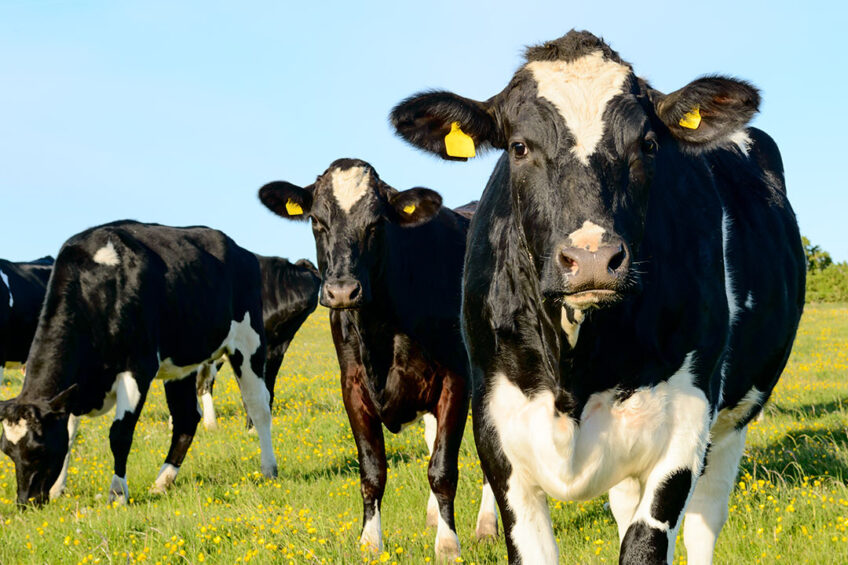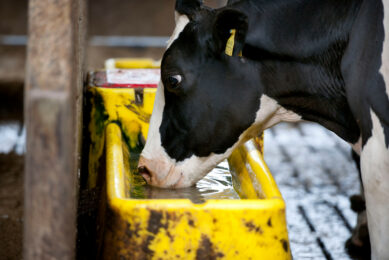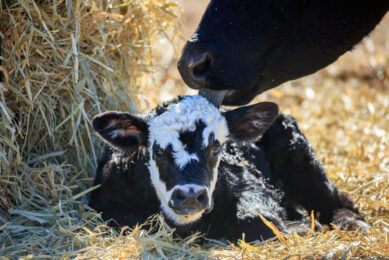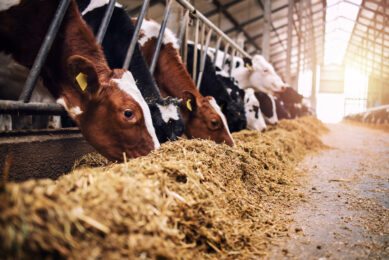Breeding for better heat stress response

New research shows strong relationships between the level of a cow’s immune response and response to heat stress.
The selective breeding of cattle based on their level of immune response is now well-established around the world. ‘High Immune Response’ (HIR) research, pioneered in Canada years ago, led to the development of patented testing method that enables cattle with inherently superior immunity and enhanced disease resistance to be reliably identified. The commercialisation of this technology has led to ‘Immunity+’ semen now being sold in over 80 countries. Dairy Global first investigated the technology in 2017.
When HIR animals (most of the research has been with cows) are challenged by a pathogen, they get over infections more quickly or may not show signs of illness at all compared to cows with average or low immune response. Individually, HIR cows require less attention and intervention and are more productive. At the herd level, the overall need for antibiotic use to address disease is reduced.

In addition to lower occurrence of a number of common diseases (for example mastitis, ketosis and metritis) and better hoof health being found in HIR cows, their colostrum has also been shown to have increased immune cells (total immunoglobulin and lactoferrin) compared to average/low responders. However, beneficial HIR effects do not stop there.
As HIR scientists Dr Alexandra Livernois, Dr Bonnie Mallard, Dr Angela Cánovas and PhD candidate Shannon Cartwright (all at the University of Guelph in southern Ontario) note in a new paper published in the journal Nature, “the changing climate is impacting livestock health and welfare through increased environmental temperatures and drought. Ambient temperature and humidity above a comfort threshold result in heat stress in cattle with signs including discomfort, increased respiration rate, dehydration, changes in cardiac function and even death.”
Because heat stress is related to immune system function (heat stress affects it negatively), several HIR researchers have recently investigated heat stress response in HIR cows.
Heat stress research
The scientists have focussed on Holstein cattle because their faster metabolism means that this cattle breed is more susceptible to heat stress compared to others. Holsteins are also the most common dairy breed in Canada, and they are common in many parts of the world.
In addition to the paper in Nature published in May, Cartright and some of the same colleagues also published a second paper in July with more results relating HIR cows to heat stress response. Measuring heat stress
In the lab, the team used heat to challenge cells (blood mononuclear cells) from dairy cattle that were previously ranked for high, average or low immune response. The scientists then measured several parameters: concentration of heat shock proteins (HSPs), level of nitric oxide and cell proliferation.
Cartright explains that nitric oxide is the most important molecule in relation to this study. “Nitric oxide aids in vasodilation of the skin, which is important for evaporative cooling and is one of the main ways cattle cool themselves during heat stress,” she says. “However, HSPs are also extremely important for maintenance of internal homeostasis during heat stress. As internal body temperatures rise, proteins and organelles within the body’s cells will start to denature, and HSPs act to protect cells from this process or repair cells that undergo this process. Without the protection of cells by HSPs during heat stress, cells would start to die.”

Increased cell proliferation is therefore an indicator in HIR cows that they are likely more heat-tolerant versus those cows with lower immune response, “since,” says Cartright, “even during a heat challenge, their cells are still able to respond and proliferate.”
Respiration rate, which is the first indicator of heat stress, was also examined. The scientists found that HIR cows had lower respiration rate compared to average and low responders during high temperatures and humidity.
Genetic level
The team that published the paper in Nature also found that HIR cows have increased expression of genes involved in cellular protection during heat stress compared to those with lower immune response.
That is, the scientists “identified differential methylation of promoter regions associated with a variety of biological processes including immune function, stress response apoptosis and cell signalling. The specific differentially-methylated promoter regions differed between samples from high and low cows, and results revealed pathways associated with cellular protection during heat stress.”
Methylation of genes regulates gene expression, explains Cartright. It results in a gene not being expressed. Therefore, as expected, it was found that lower immune response cows have increased methylation of genes involved in cellular protection during heat stress (decreased expression of these genes) compared to HIR cows.
This is exciting because “methylation patterns can be passed on to the next generation,” says Cartright. “This means that when breeding HIR cattle, these methylation patterns could be passed to their offspring, resulting in increased expression of genes related to cellular protection in the next generation.”
Looking forward
Cartright is currently looking at differences in cellular metabolism between high and low immune response cows to see if some of the differences she and her colleagues are seeing in relation to heat stress (or just in general) may be a result of differences in cellular metabolism.
In terms of whether anyone is looking into boosting heritability of HIR genes (for example, looking into which genes that HIR genes may be ‘tied to’), Cartright says only genome-wide association studies on HIR animals have been done. That is, she and her colleagues found numerous single nucleotide polymorphisms are associated with HIR, which led to the development of the HIR test commercialized by Semex Alliance (Elevate program and Immunity+ semen).
When asked about other health-related attributes might be present in HIR cows, Cartright says this is hard to know without doing further research.
Join 13,000+ subscribers
Subscribe to our newsletter to stay updated about all the need-to-know content in the dairy sector, two times a week.










